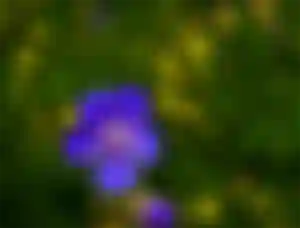A cell is the basic and utilitarian unit of every single living creature (plant and creature). The name cell was given that name by Robert Hooke. Robert Hooke was an English researcher who utilizes a meager cut of stopper and view on a magnifying lens. He found a normal example of a rehashed section which is known as the cells. Throughout the long term, different researchers have explored cells in living beings and they proposed speculations. These hypotheses are:
1. Cell is the littlest unit of life
2. All cell exist from a prior cell
3. All living beings are comprised of at least one cells
All living things are made out of cells, they share a few attributes. Life forms are the organized structure that comprises of at least one cell. Indeed, even a basic single-cell life forms are perplexing as inside every cell particles comprised of atoms; this assistant makes up cell organelles. Living beings can react to different improvements. For instance, plants will in general fill toward the light. Indeed, even microorganisms can push ahead or away from synthetics. A solitary cell life forms imitate by first copying their DNA. At that point, they partition it similarly as the cell plans to shape new cells.

There are two significant classes of cells, these incorporate eukaryotic cells, and prokaryotic cells. Eukaryotic cells can be additionally recognized as creature cells or plant cells. Prokaryotic cells are a kind of cell without a core and different organelles, these cells are discovered uniquely in the spaces Bacteria and Archaea. Eukaryotic cells have a film encased core and other layer encased organelles. The core in the eukaryotic cell holds most of the hereditary material and controls all movement inside the cell, like that of an ace diagram.
DNA replication which can be characterized as the cycle where two indistinguishable duplicates are made from one unique DNA strand happens inside the core of the cell. The development of the mRNA occurs in the ribosomes.
Ribosomes are cells that help in the creation of protein, they are capable to interface amino acids together. At the point when cells need to deliver a protein (mRNA) is made in the core. There are two subunits to each ribosome: enormous and little. The huge is mindful to combine the amino acids and the little is dependable to contemplate the RNA.

Cells are a practical and auxiliary unit which empowers various exercises in our everyday activities. Once the cell(s) are dead, a creature is seizing to exist. This is because few cell total to shape a tissue, tissue total to frame an organ, and a few organs structure a framework. Models are the respiratory framework, stomach related framework, excretory framework, and so forth
Cells exist from the previous cell since, supposing that a cell is dead, another cell is created through a cycle of either mitosis or meiosis.
Cell(s) go through certain cycles which are;
1. Cell division
2. Cell separation
3. Cell augmentation
4. Cell specialization
Zeroing in on cell division, there are two significant kinds of cell division which are:
1. Mitosis
2. Meiosis
* Mitosis
This is a kind of cell division that includes the parting of one parent cell into two girl cells (diploid) without the combination game.
* Meiosis
It is a cell division that includes the parting of the parental cell into four girl cells (haploid). This kind of division is for development in optional sexual character.


You are really a good writer.